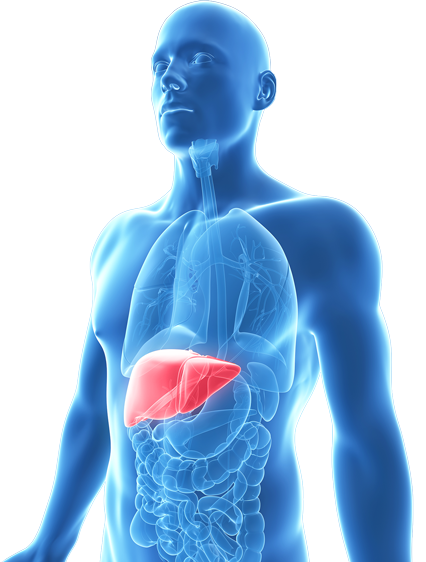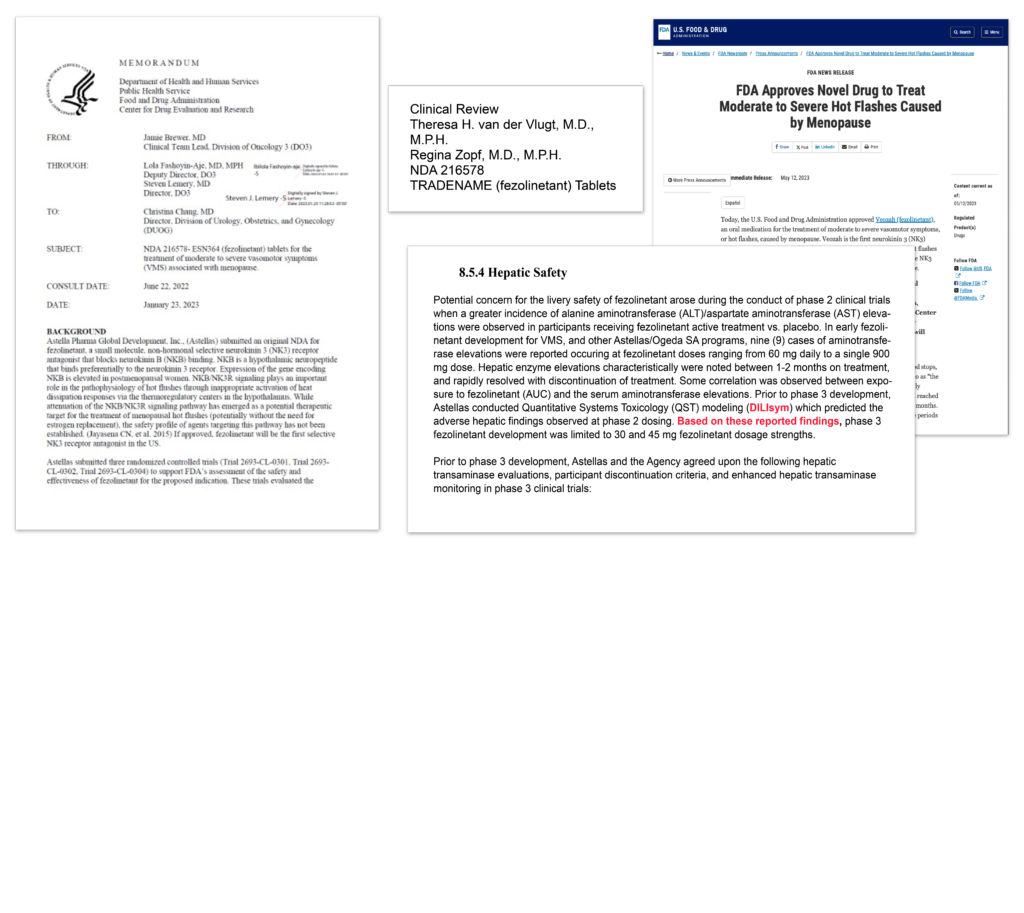Astellas was developing fezolinetant, a drug intended to relieve moderate to severe vasomotor symptoms of menopause in women. The program had progressed through phase 2 clinical trials.
During phase 2 clinical trials, study participants receiving fezolinetant were observed to have a greater incidence of alanine aminotransferase (ALT)/aspartate aminotransferase (AST) elevations than those receiving placebo treatments.
In early stages of development, nine cases of aminotransferase elevations were reported with use of fezolinetant, with doses between 60 mg daily and a one-time dose of 900 mg. Those elevations typically occurred between the first and second month of treatment and returned to normal once fezolinetant treatment ended.
These observations raised potential concerns for liver safety that Astellas wanted to address before progressing the drug to phase 3 development.
Astellas determined that utilizing quantitative systems toxicology (QST) modeling with the DILIsym® platform would provide the prediction data needed to make informed decisions regarding continued investment in the drug.


The DILIsym platform predicted the elevated ALT/AST elevations observed during the phase 2 clinical trials, confirming that the dosage used in the study was correlated with the hepatic impact. Astellas further utilized DILIsym to identify appropriate dosage strengths—30 and 45 mg—for phase 3 fezolinetant development.
This allowed Astellas to eventually progress the drug through phase 3 and submit for and receive regulatory approval.

